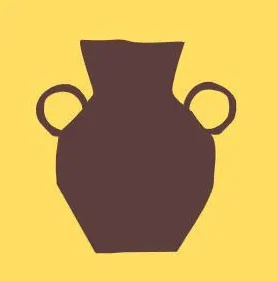All about my experiences and thoughts on CRM as a high schooler passionate about archaeology!
What is CRM?
Cultural Resource Management (CRM) is the practice of preserving, protecting, and managing cultural heritage sites, artifacts, and historical resources. CRM professionals ensure that important cultural and historical resources are not destroyed, especially in the process of construction or urban development. Surveys, excavation, and resource can be implemented to assess these cultural artifacts and guarantee no valuable artifacts are at risk of being damaged or destroyed. CRM is actually legally required by federal law, meaning any federally funded, licensed, or permitted project must undergo the CRM survey process. CRM is crucial for understanding the past of an area and protecting its artifacts. You might be surprised to learn that CRM has likely already been implemented in the very area where you live! By engaging in these practices, we not only preserve our history but also foster a deeper appreciation for the cultural narrative that has shaped our community and world.
My Experience in CRM
As a high school junior, I volunteer at a CRM firm in my area, where I get hands-on experience in fieldwork and artifact analysis. Tasks I occasionally assist with include shovel probes and site surveys. For each survey, 20-25-foot augers are dug at strategic points around the site, with the excavated soil sifted through a mesh dry sifter afterwards to uncover any potential artifacts. The finds range widely: sometimes, we uncover historical artifacts like engraved glassware, ceramic fragments with intricate designs, animal or human bones from the 18th or 19th century, or even prehistoric lithic tools. Other times, modern items like plastic waste or broken glass are all that come up. Regardless, each artifact—old or new—helps the CRM staff piece together the site’s history. Once recorded, the artifact data, including photos, object types, and locations, is carefully logged into the company’s database.

After the surveys, artifacts are sent to the lab, where I help clean and catalog items from the field. This hands-on process lets me handle intriguing pieces of history, each with its own story. Some of my favorites so far include glass vials stamped with “poison,” endangered Olympia oyster shells used by Indigenous peoples, two delicate bird wing bones, and olive glass bottles engraved with a local brewery’s logo.
Once cleaned, sorted, and labeled, the artifacts are packaged for their next journey—usually to museums. There, they’re either added to the museum’s collection or stored to be preserved for future research or display. Working in the lab, I get a front-row seat to my community’s history, as each item brings new insights into the area’s past.
What have I gained and why is it important?
Working in CRM has shown me the vital role it plays in preserving our communities’ histories, especially as urbanization rapidly expands. It’s easy to take the artifacts and stories we see in museums for granted, but I now realize how much dedication and effort go into protecting and conserving them.
This experience didn’t just deepen my appreciation for history—it taught me skills far beyond what any textbook could offer. Hands-on learning through excavation and artifact handling made the process come alive in ways no article ever could. As a CRM volunteer, I gained invaluable experience that highlighted the importance of balancing development with conservation, ensuring that these pieces of the past are preserved for future generations.

